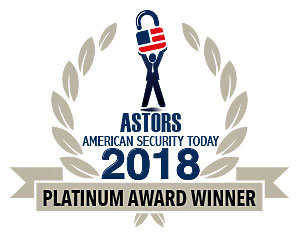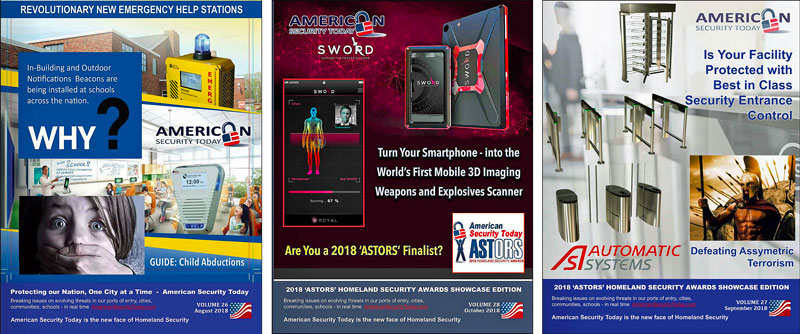
Facial recognition software got 20 times better at searching a database to find a matching photograph, between 2014 and 2018, according to the National Institute of Standards and Technology’s (NIST) evaluation of 127 software algorithms from 39 different developers, which makes up the bulk of the industry.
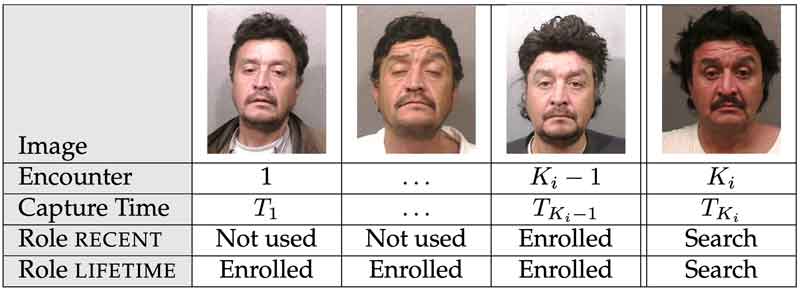
The findings, together with other data in a NIST report recently published, points to a rapidly advancing marketplace for face-based biometric matching algorithms.
The new publication, NIST Interagency Report (NISTIR) 8238, Ongoing Facial Recognition Vendor Test (FRVT), updates NIST’s previous evaluations of facial recognition software, in the 2010’s NISTIR 7709 and 2014’s NISTIR 8009 reports respectively.
Comparing the reports indicates that, broadly speaking, facial recognition software is improving at an increasing rate, and that the field of developers has grown.
The test, performed in the 2010, 2014 and 2018 evaluations, judged how well an algorithm could match a person’s photo with another one of the same person stored in a large database.
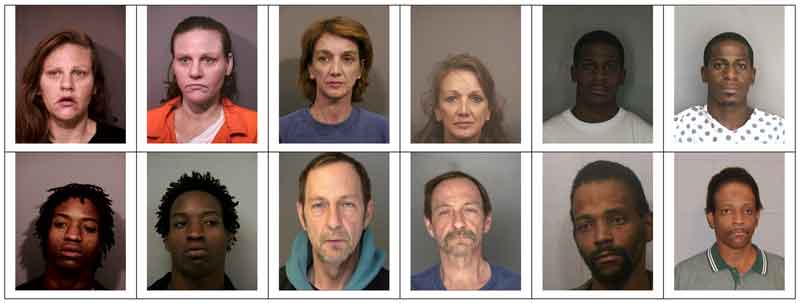
This type of “one to many” search, is often employed to check for a person who might be applying for a visa or driver’s license under a name different than their own.
The team found that just 0.2 percent of searches failed this year, compared with a 4% failure rate in 2014, and 5% in 2010.
Failure means that when an image of a person’s face is submitted to the recognition software, it fails to return the matching facial image residing within the database.
All of the top-performing algorithms from the latest round make use of machine-learning software architectures called convolutional neural networks.
(Learn More about Convolutional Neural Networks. Convolutional Neural Networks (CNNs), have learned to sort images into categories even better than humans in some cases. If there’s one method out there that justifies the hype, it is CNNs. Courtesy of Coding Tech and YouTube. Posted on Oct 20, 2018.)
According to NIST’s Patrick Grother, one of the report’s authors, the rapid advance of machine-learning tools has effectively revolutionized the industry.

“The implication that error rates have fallen this far is that end users will need to update their technology,” said Grother, a computer scientist at NIST.
“The test shows a wholesale uptake by the industry of convolutional neural networks, which didn’t exist five years ago. About 25 developers have algorithms that outperform the most accurate one we reported in 2014.”
But prospective users should beware: The new algorithms do not all perform the same, and the best algorithms are far ahead of the pack.
“There remains a very wide spread of capability across the industry,” Grother said.
“This implies you need to properly consider accuracy when you’re selecting new-generation software.”

mated pairs. Such images present challenges to recognition including pose, non-uniform illumination, low contrast, compression, cropping, and low spatial sampling rate. Image source: NIST Special Database 32 (Courtesy of NIST)
The NIST evaluation team used a database of 26.6 million photos to test software submitted by companies and one university team.
The participants did not have access to the database, which NIST kept sequestered from the developers.
The NIST report, partly supported by the Department of Homeland Security (DHS) Science and Technology Directorate (S&T), recently recognized in the 2018 ‘ASTOR’ Homeland Security Awards Program, includes results for the effects of aging on faces, scalability to large databases, the identification of twins, and the use of poor quality images.
 NIST’s report identifies the submissions by name and presents them in ranked tables.
NIST’s report identifies the submissions by name and presents them in ranked tables.
The main ranked list reflects how often an algorithm put the correct result of the “one to many” search at the top of the list of possible identities, a metric called the rank one recognition rate.
However, the report also considers variations such as how the algorithms performed when misidentifications, called false positives, must be minimized.
Other algorithms sometimes outperformed the best performing algorithm when these variant factors took priority.
(Learn About Face Recognition in Law Enforcement. For the first time, multiple agencies will be able to share their mugshots. A key benefit to the criminal case investigation is the advantage of quick processing of facial evidence, coupled with its ability to rapidly generate a list of persons of interest – saving valuable time in the investigations of cases containing facial video evidence, thus reducing the investigator’s caseload. Courtesy of NEC Corporation, a 2018 ‘ASTORS’ Homeland Security Award Winner, and YouTube. Posted in November 2018.)
DHS Science and Technology Directorate (S&T) Honored in the 2018 ‘ASTORS’ Homeland Security Awards Program
-
‘Excellence in Homeland Security’
-
Android Team Awareness Kit (ATAK)
-
‘Excellence in Homeland Security’
-
Enhanced Dynamic Geo-Social Environ (EDGE) Virtual Online Training for First Responders
-
‘Excellence in Homeland Security’
-
Flood Apex Program Flood Sensors
-
*DHS S&T is also a 2017 ‘ASTORS’ Award Winner
The Annual ‘ASTORS’ Awards Program is specifically designed to honor distinguished government and vendor solutions that deliver enhanced value, benefit and intelligence to end users in a variety of government, homeland security and public safety vertical markets.
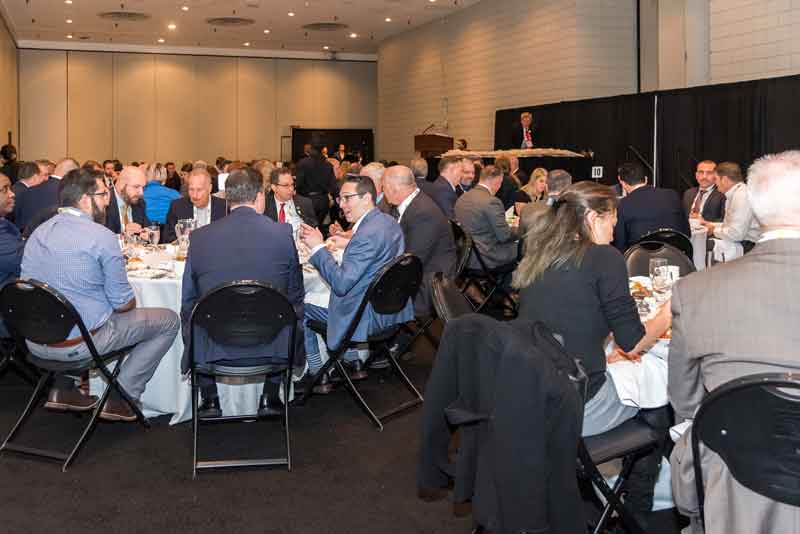
The 2018 ‘ASTORS’ Awards Program drew an overwhelming response from industry leaders with a record high number of corporate and government nominations received, as well as record breaking ‘ASTORS’ Presentation Luncheon Attendees, with top firms trying to register for the exclusive high – end luncheon and networking opportunity – right up to the event kickoff on Wednesday afternoon, at the ISC East registration!
Over 130 distinguished guests representing National, State and Local Governments, and Industry Leading Corporate Firms, gathered from across North America, Europe and the Middle East to be honored among their peers in their respective fields which included:
- The Department of Homeland Security Federal Protective Service (FPS)
- Argonne National Laboratory
- The Department of Homeland Security
- The Department of Justice
- The Security Exchange Commission Office of Personnel Management
- U.S. Customs and Border Protection
- Viasat, Hanwha Techwin, Lenel, Konica Minolta Business Solutions, Verint, Canon U.S.A., BriefCam, Pivot3, Milestone Systems, Allied Universal, Ameristar Perimeter Security and More!
The Annual ‘ASTORS’ Awards is the preeminent U.S. Homeland Security Awards Program highlighting the most cutting-edge and forward-thinking security solutions coming onto the market today, to ensure our readers have the information they need to stay ahead of the competition, and keep our Nation safe – one facility, street, and city at a time.
The 2018 ‘ASTORS’ Homeland Security Awards Program was Proudly Sponsored by ATI Systems, Attivo Networks, Automatic Systems, Desktop Alert, and Royal Holdings Technologies.
‘ASTORS’ Champions Edition – ‘Year in Review’
Be on the lookout for the upcoming 2018 American Security Today ‘ASTORS’ Champions Edition for in-depth coverage of the outstanding agencies and companies that received American Security Today’s 2018‘ASTORS’ Homeland Security Awards.
The ‘ASTORS’ Champion Edition is published annually in December and includes a review of programs and feature details on many of the winning firms.
Nominations for the AST 2019 ‘ASTORS’ Homeland Security Awards Program will officially open as of January 1st, 2019 at americansecuritytoday.com.
Enter Early to Maximize Media Coverage of your Products and Services at Kickoff, and Get the Recognition Your Organization Deserves!
Why the 2018 ‘ASTORS’ Homeland Security Awards Program?
American Security Today’s comprehensive Annual Homeland Security Awards Program is organized to recognize the most distinguished vendors of physical, IT, port security, law enforcement, and first responders, in acknowledgment of their outstanding efforts to ‘Keep our Nation Secure, One City at a Time.’
To Learn More about the ‘ASTORS’ Awards Program, Sponsorship Opportunities and More, please contact Michael Madsen, AST Publisher at: mmadsen@americansecuritytoday.com or call 732.233.8119 (mobile) or 646-450-6027 (office).














